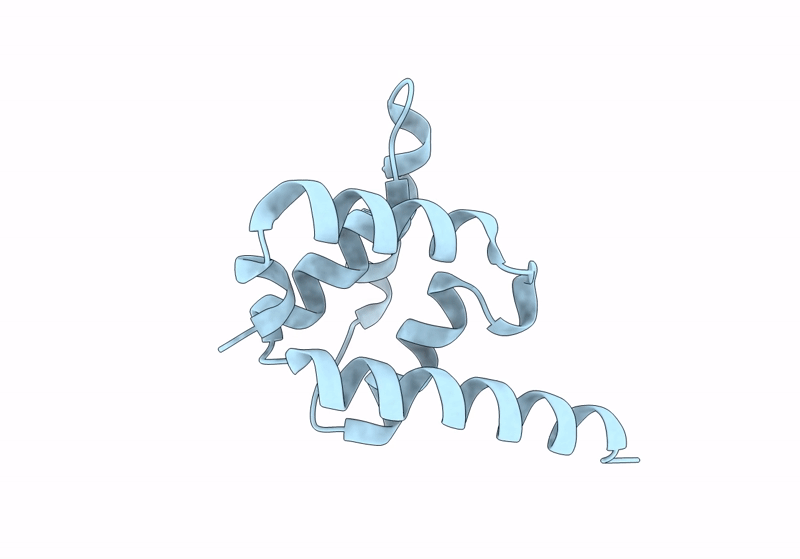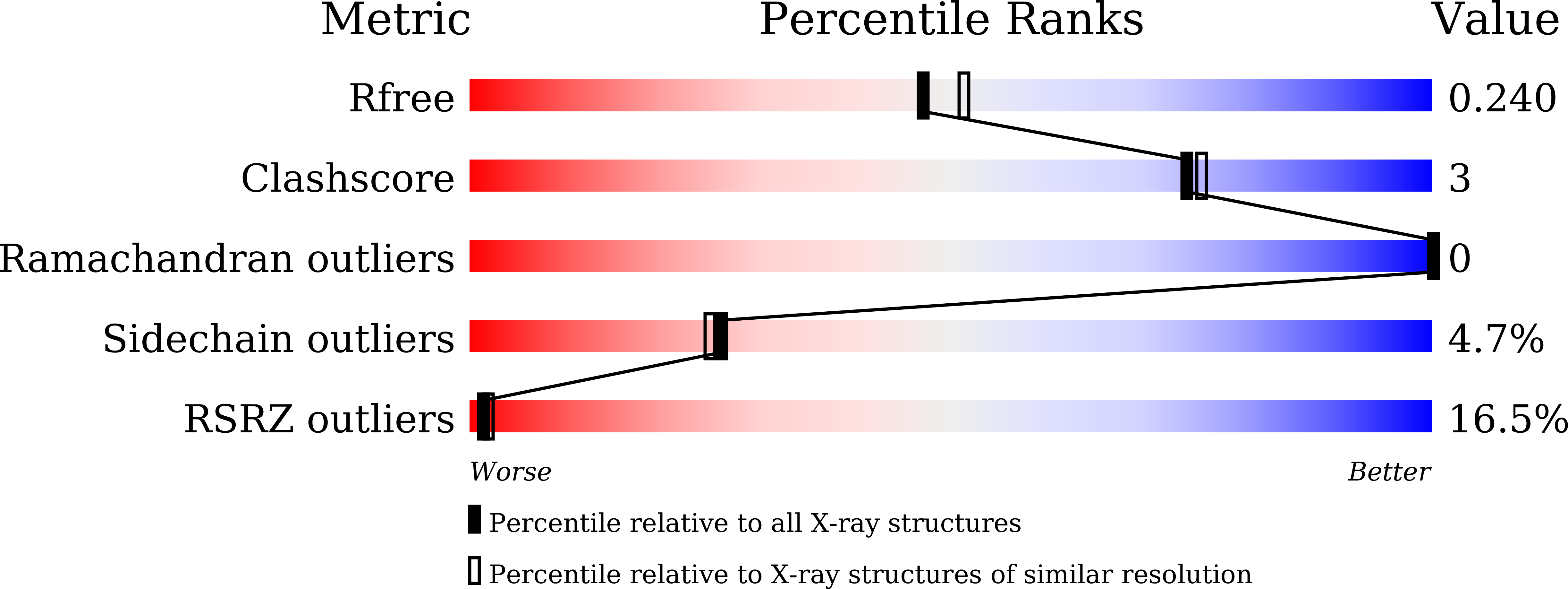
Deposition Date
2023-04-22
Release Date
2024-04-24
Last Version Date
2025-06-04
Method Details:
Experimental Method:
Resolution:
2.10 Å
R-Value Free:
0.24
R-Value Work:
0.21
R-Value Observed:
0.21
Space Group:
I 2 2 2


